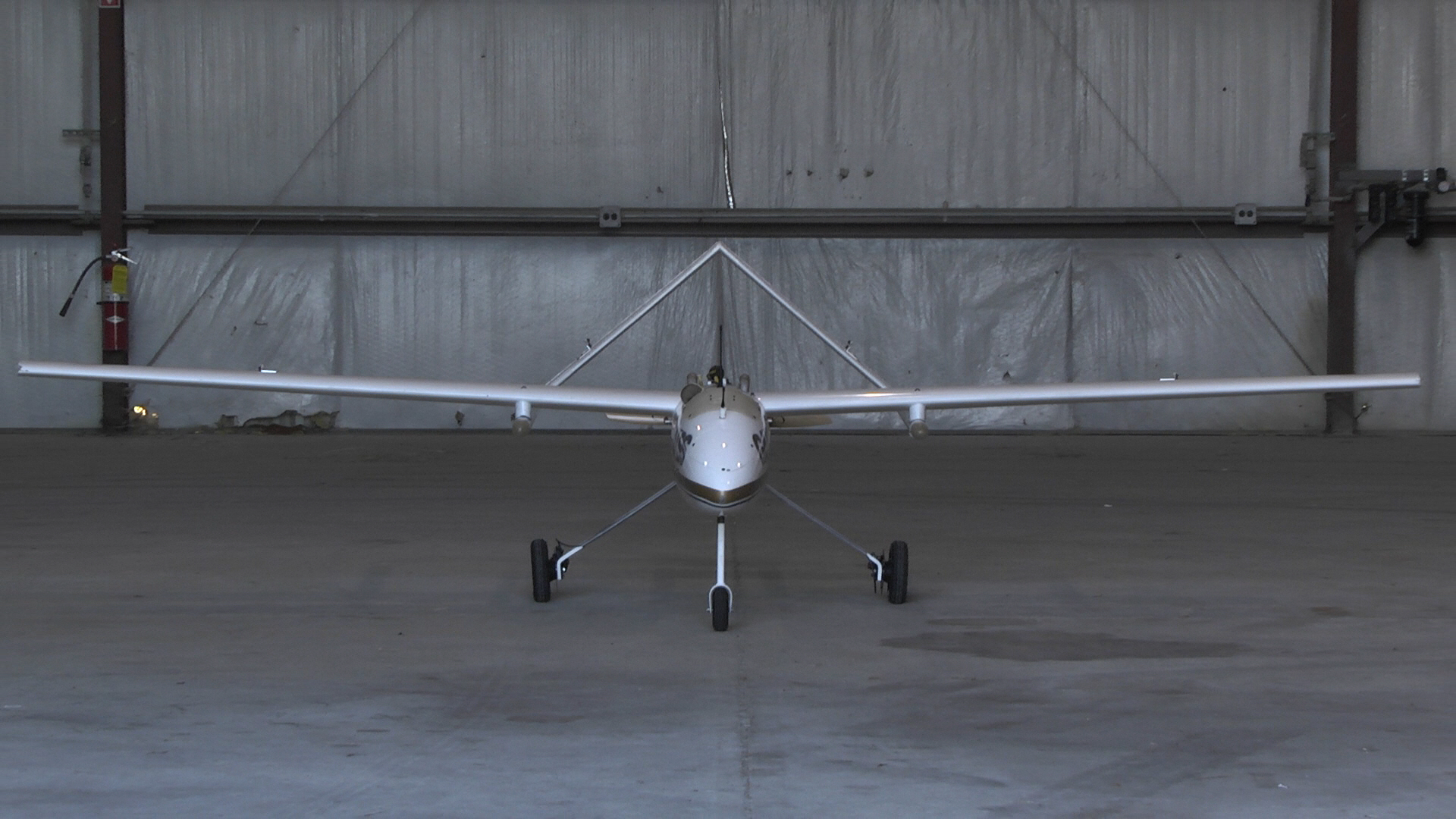Engineering researchers from the University of Virginia and the Georgia Institute of Technology have successfully flight-tested scenarios that could threaten drones, including ground-based cyber-attacks.
The demonstration of U.Va’s System-Aware Cybersecurity concept and Secure Sentinel technology was part of a research project led by U.Va. engineers to detect and respond to cyber-attacks on unmanned aerial systems.
To fulfill missions, unmanned vehicles or systems need to collect, process, store and disseminate a wide array of data, which can reflect anything from troop movements to environmental data and strategic operations. As the use of unmanned systems – including aircraft and even driverless cars – grows across a wide range of missions and services for the military, defense and commercial sectors, the protection and monitoring of these systems will be a growing priority, researchers said.
“Our research focuses on providing additional security by employing an onboard, secure monitoring subsystem to detect illogical behaviors relative to the expected profile of a system’s performance,” said Barry Horowitz, project leader and professor of systems and information engineering in U.Va.’s School of Engineering and Applied Science. “Detections can serve to initiate automated recovery actions and to alert operators of the attack. The cybersecurity Sentinel system includes design features that allow it to be far more secure than the system it monitors.”
The demonstration of attack scenarios, conducted over a five-day period in October, focused on four critical areas: GPS embedded-data manipulations, waypoint manipulations originating from ground or onboard sources, manipulation of critical metadata related to transmitted imagery and onboard surveillance and payload control breaches.
The inflight testing gauged the effectiveness of the countermeasure technology in hardening the unmanned system’s cyber agility and resiliency under attack conditions. Each flight was developed to present scenarios that could potentially be faced in real-world situations. In each case, the System-Aware Secure Sentinel technology rapidly detected, informed and corrected system performance in response to the simulated cyber-attacks.
The secure Sentinel technology was developed through the multi-university Systems Engineering Research Center, which is led by the Stevens Institute of Technology and sponsored by the U.S. Department of Defense. U.Va. recently licensed the technology to Mission Secure Inc., which is in the process of commercializing its security solutions for the military, intelligence and civil sectors.
“The success of these flight demonstrations reflects on the quality and relevance of the advanced research being conducted here at U.Va.,” said Michael P. Straightiff, managing director of U.Va. Innovation and executive director of the U.Va. Licensing & Ventures Group. “Faculty at the University of Virginia continue to develop significant technology that addresses the challenges facing our world, and we look to partnerships with companies like Mission Secure to help us bring these technologies to market.”
Media Contact
Article Information
January 23, 2015
/content/uva-technology-proves-effective-thwarting-cyber-attacks-drones

